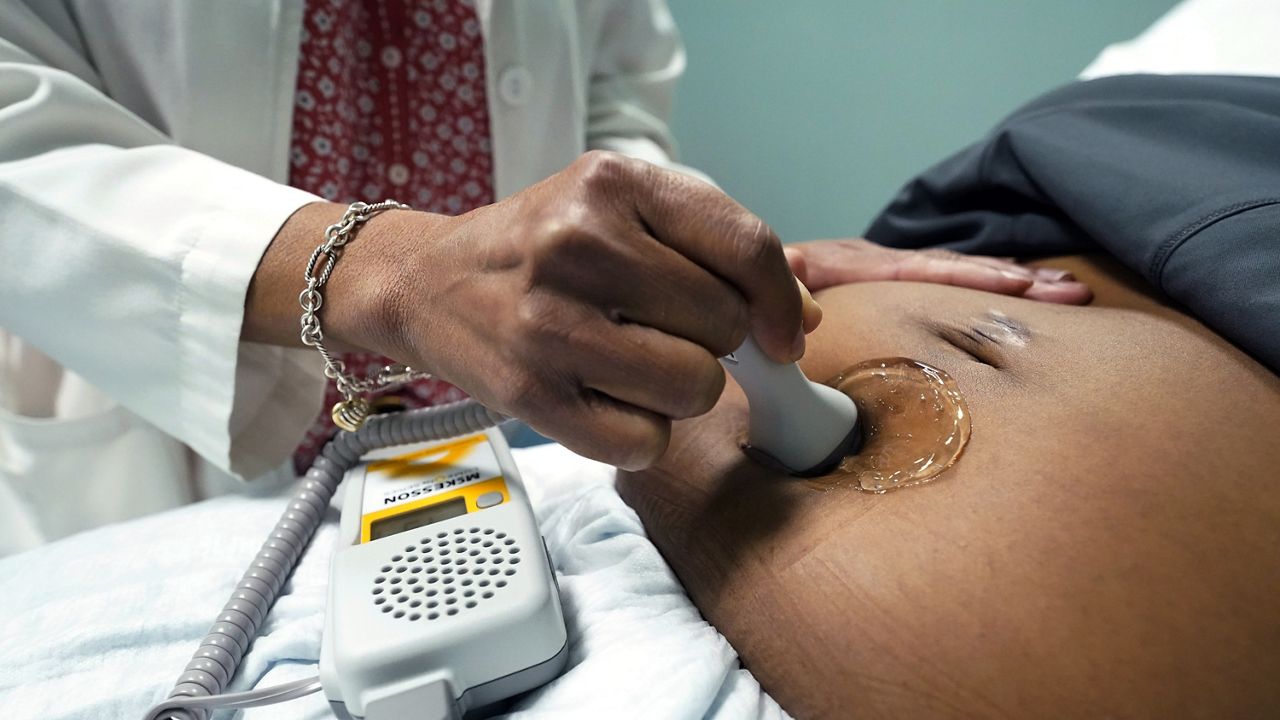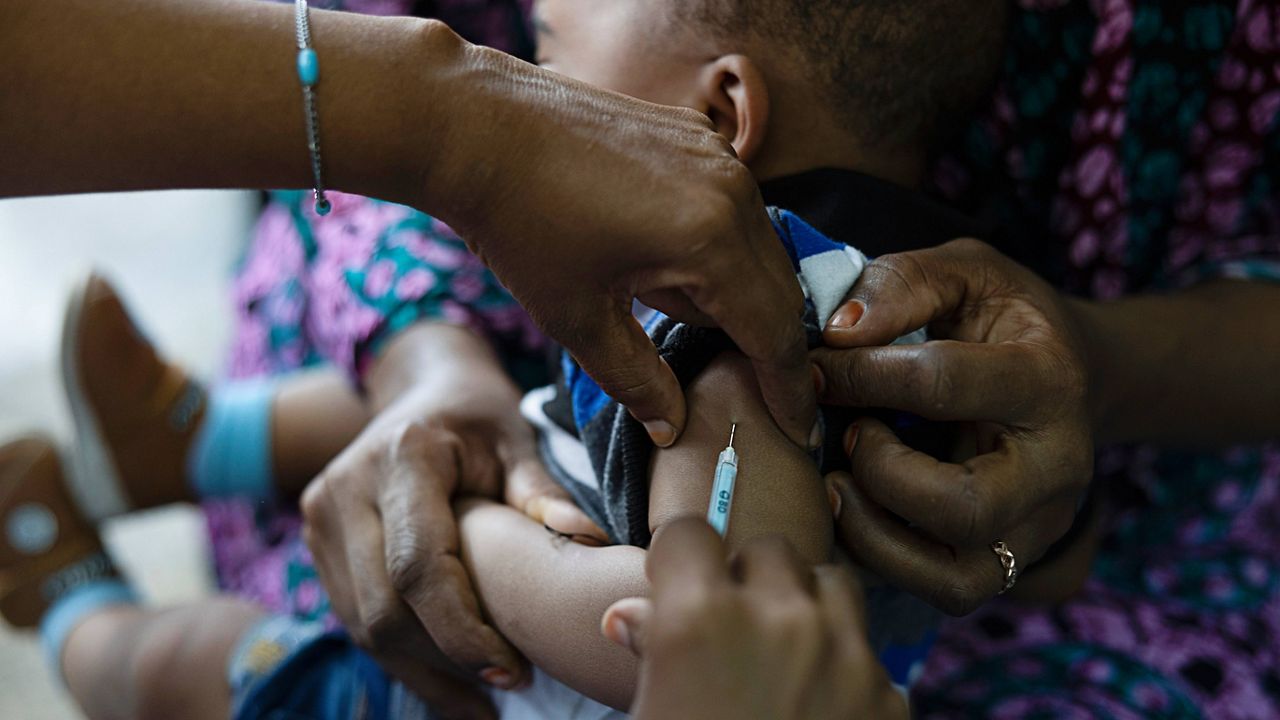Teen birth rates in the United States hit another record low in 2022, according to provisional data released Thursday by the Centers for Disease Control and Prevention.
What You Need To Know
- Teen birth rates in the United States hit another record low in 2022, according to provisional data released Thursday by the Centers for Disease Control and Prevention
- There were 13.5 births per 1,000 15- to 19-year-old females, down 3% from the previous year
- Previous research has found more teens are abstaining from sex and there has been a shift toward more effective contraception
- For all age groups, Thursday’s report found there were 3,661,220 babies born in 2022, which the CDC called a “nonsignificant decline” from the the previous year
There were 13.5 births per 1,000 15- to 19-year-old females, down 3% from the previous year.
Aside from increases in 2006 and 2007, the teen birth rate has been in steady decline since 1991. The rate has plummeted by 67% since 2007 and 78% since 1991.
The rate was lower for both younger teens ages 15-17 (down 2% to 5.5 births per 1,000) and older teens ages 18-19 (down 4% to 25.6).
Overall, females 15-19 gave birth to 143,422 babies in 2022, down 2% from a year earlier.
The CDC’s report did not discuss the reasons for the drop. But previous research, including a 2020 study published in the Journal of Adolescent Health, has found more teens are abstaining from sex and there has been a shift toward more effective contraception.
For all age groups, Thursday’s report, which is based on birth records received by the CDC’s National Center for Health Statistics, found there were 3,661,220 babies born in 2022, which the agency called a “nonsignificant decline” from the 3,664,292 recorded the previous year.
In 2021, the U.S. saw its first increase in births in seven years. Health experts, however, cautioned at the time that it might have been a pandemic-related anomaly and not an emerging trend. Researchers at New York University found in 2021 that some women were delaying pregnancy during the early part of the COVID-19 pandemic, which might have helped explain the uptick.
The nation’s fertility rate last year was 1,665 births per 1,000 women, essentially unchanged from 2021. The rate — which estimates how many babies a hypothetical group of 1,000 women would have during their lives — is still below the 2,100 per 1,000 that experts say is needed to replace the population.
The CDC’s statistics also show that birth rates for mothers 25-29 and 35-49 were higher last year, a sign that more women may be choosing to wait to have kids.







)
